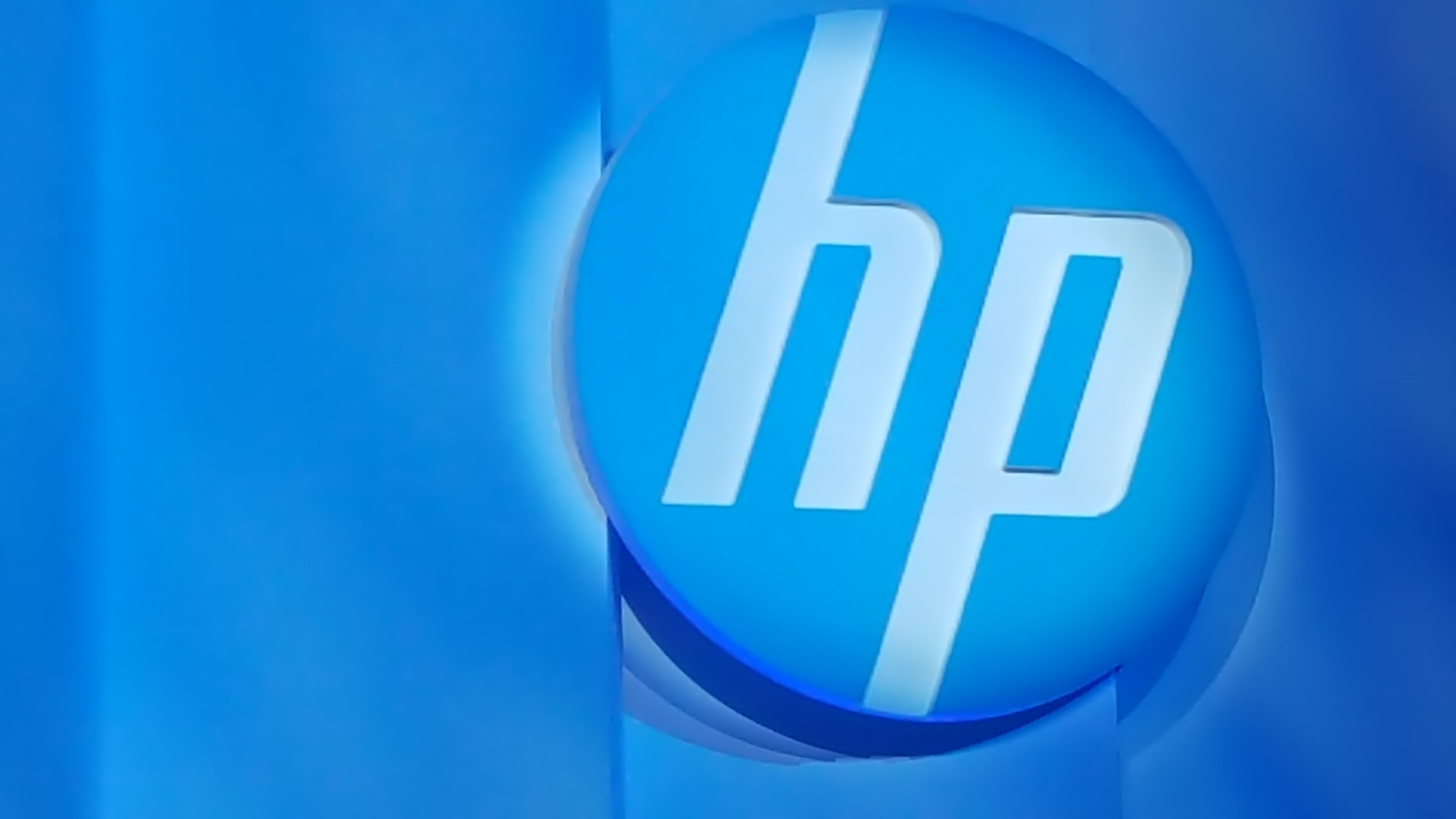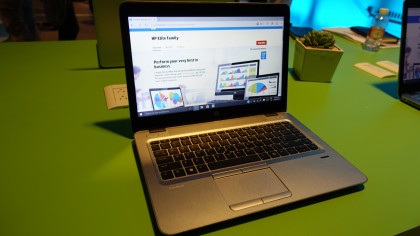HP unveils commercial PC strategy ahead of split
The new HP Inc.

In Mexico City, Mexico, HP announced its strategy for the commercial PC business. Hewlett Packard is splitting itself into two entities in an effort to gain agility to better target opportunities. After this split, HP Inc. will be the company responsible for the PC and printer business, while HP Enterprise will provide services to enterprises.
"HP Inc. is a new company with a new strategy and tremendous innovation," said Ron Coughlin, Senior Vice President at HP Inc. As a result of the split, Coughlin said that HP will have the heart of an entrepreneur and the brand recognition of a Fortune 100 business. It's a similar message and strategy that Michael Dell espoused just a few years ago when he took Dell private. HP Inc., on the other hand, will continue to be a publicly traded company.
Because of HP's position as a public company, Coughlin and his team were keen to mention that the opportunities that HP takes must deliver value to both end users and shareholders as it targets a $340 billion personal systems market.
HP's PC strategy
HP has three strategies for its personal systems business. The first is core, or delivering the best price-to-feature. The second is growth, which includes delivering innovative form factors and designs, such as two-in-one convertibles. And the last is the future and to bring disruptive technologies to market, like HP Sprout.
These strategies, according to Coughlin, are an evolution of HP's existing strategy, which allowed the company to be the number one vendor in commercial categories that include desktops, notebooks, thin clients and servers. HP is second in the consumer, and that's because it chooses not to compete.
Coughlin says that the consumer space is a low-margin business, but even though HP chooses not to devote all of its resources into this market, it is still driving innovation.
Consumerization
HP says that innovations in commercial PCs are trickling into consumer PCs, and we're also seeing consumer innovations enter the enterprise space.
Sign up to the TechRadar Pro newsletter to get all the top news, opinion, features and guidance your business needs to succeed!

One example is HP's recent partnership with audio house Bang & Olufsen. The technology initially appeared on consumer PCs to drive better quality audio and bring high quality speakers and tuning to consumer laptops and desktops. In the commercial space, especially with the debut of the mid-range EliteBook 705 G3, HP is bringing its B&O partnership to enterprise users, but in a different manner.
For enterprise, B&O tuning will be devoted to microphones for better voice and video conferencing experiences.
"The average user spends roughly 700 hours each year collaborating online," said Alex Cho, Vice President of HP's Commercial PC business. HP saw that as an opportunity to deliver more value to its business users by providing software to reduce background noise, add HP Clear Sound Amp to bring better speaker clarity and deliver microphones tuned for speech.
Evolving nature of work
One of the central themes of HP's presentation in Mexico is bringing sexiness to work. Cho highlights that IT administrators want devices that are easy to deploy and manage, cost effective and come with robust security. On the other hand, end users want a good user experience, a cool device and the ability to be productive anywhere and everywhere.
Moving forward, IT managers must satisfy the needs of end users, Cho said, because these millennialshave grown up with technology and want cool devices. Simply put, if enterprises don't satisfy their technology needs, they won't be able to retain talent or human capital.
Work is also changing, and the technology that supports work must also evolve. HP found that 70% of businesses have open floor plans and 60% of employees work in more than one location. This means unified docking for laptops, slim and thin solutions and long battery life.
This means that devices should be highly mobile for collaboration and remote working, but as these needs evolve, we're also seeing vulnerability to malware and data threats. In fact, over 300,000 samples of malware are found every day in the previous year.
To help end users stay productive, HP's design work is geared towards delivering the best typing experience, all day battery life and sleek, durable form factors.
Security
In terms of security, HP announced a number of security measures designed to make your data and passwords safer.
The first is that HP SureStart is headed to new enterprise desktops, workstations and all-in-ones (AIO). After having made its debut on notebooks and being introduced on printers, HP SureStart technology will ensure that a genuinely signed BIOS operates across its commercial systems.
SureStart divides the BIOS into two parts. The secure portion of the BIOS contains a golden copy of the BIOS. If the system senses the BIOS you're running has been attacked, the BIOS in the secure portion is copied over to ensure your system stays safe.
"This ensures that security is found in the deepest part of your computing stack, Cho said. In addition to SureStart, BIOSphere allows for over-the-cloud updates of BIOS.